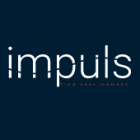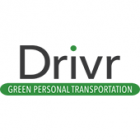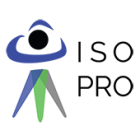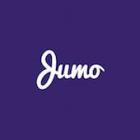
Impuls, find your moment
Impuls is a map based event location service that strives to provide users with all the information they need in order to find local events. People shouldn't need to spend hours planning a simple evening, and they're too busy to think about it several days in advance. There is a better way to plan a night out, connect with friends, and just have fun. No more scouring endless websites to find local events. No more hours wasted on tedious planning details. With Impuls, users can find events easily, see full event details, filter events based on their interests and availability, and even post their own events to the map. Impuls is the first map based event location service that is free to use and targeted towards the individual’s spontaneous nature. Finally, people can embrace their spontaneity and feel confident that waiting until the last minute won’t result in failed evenings.









